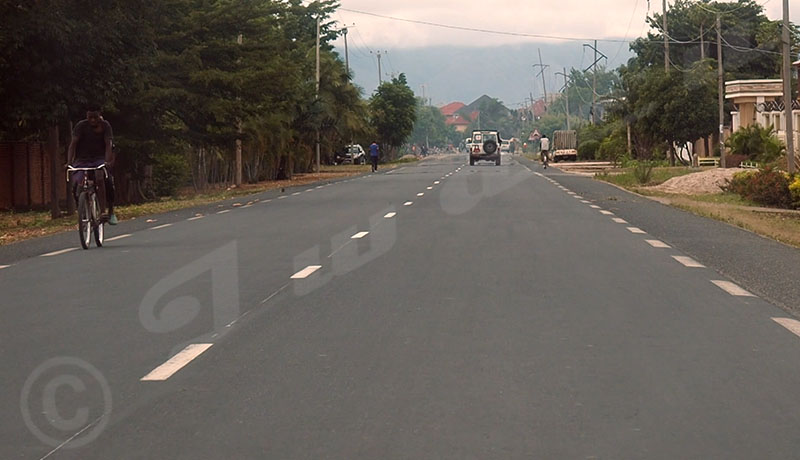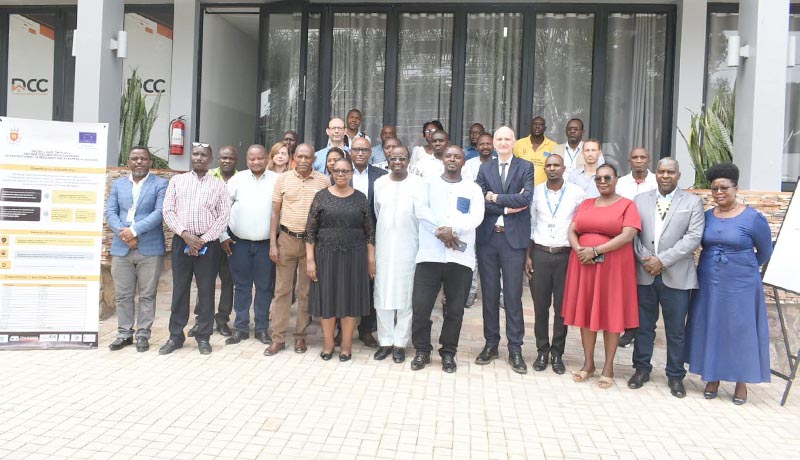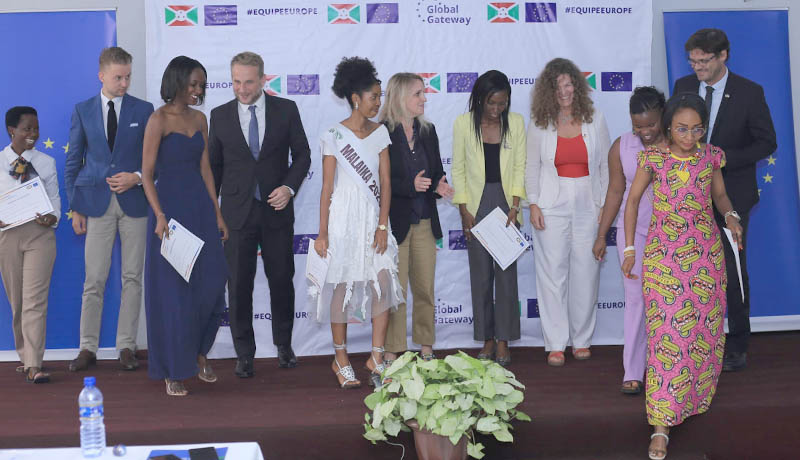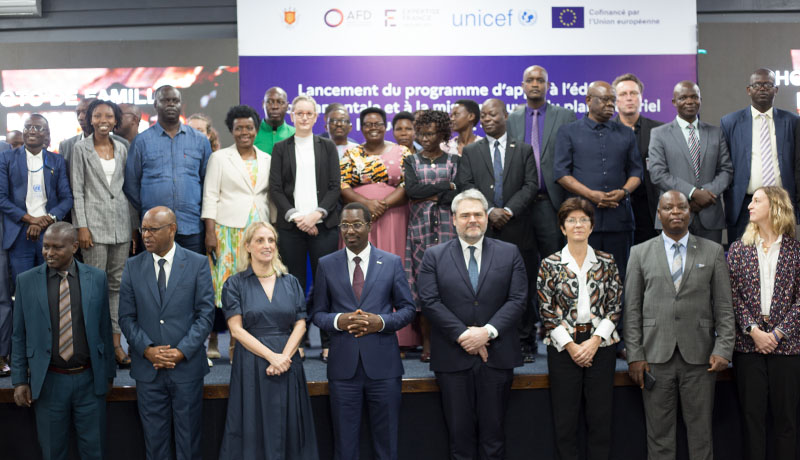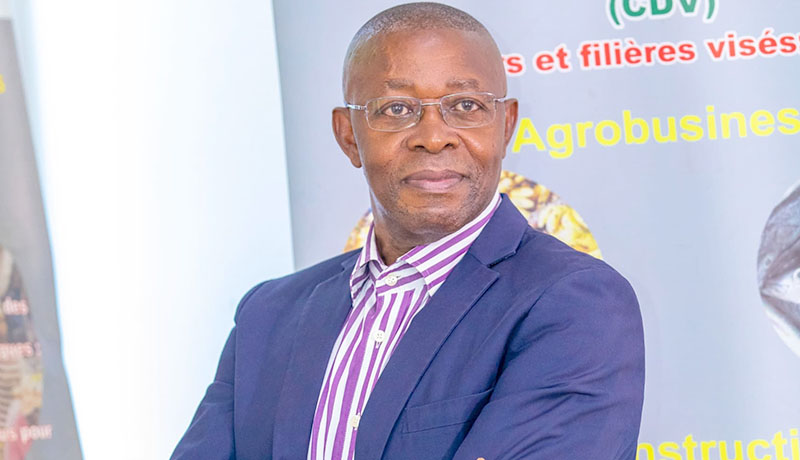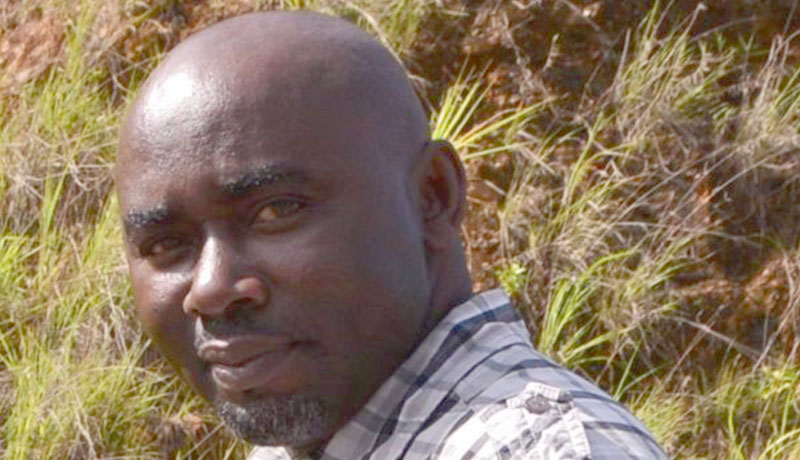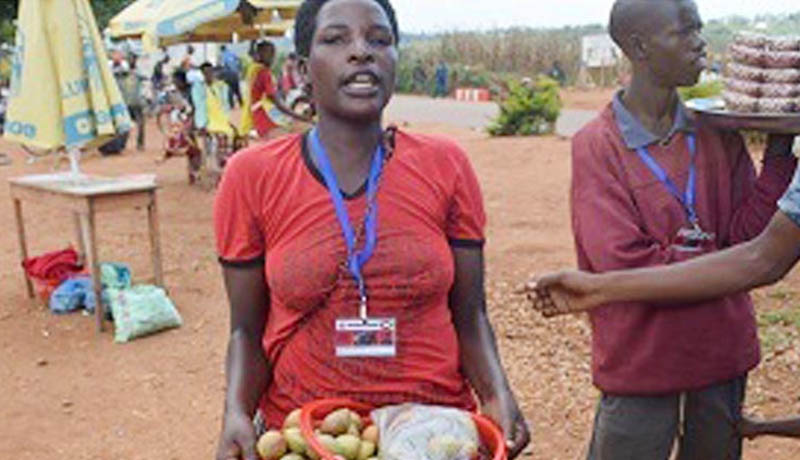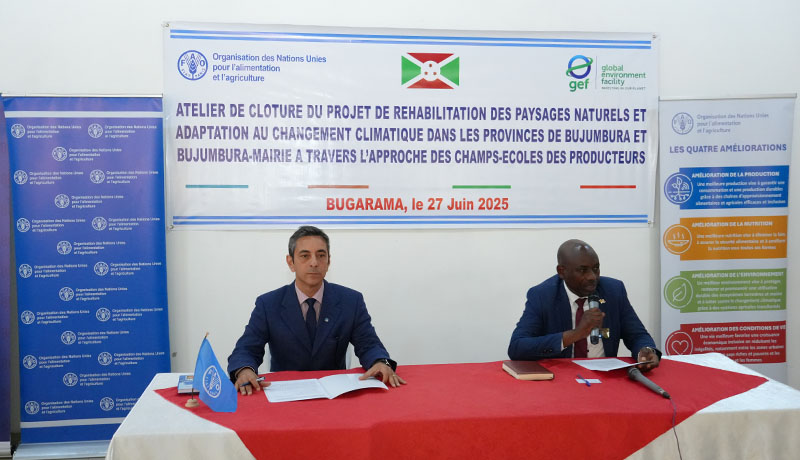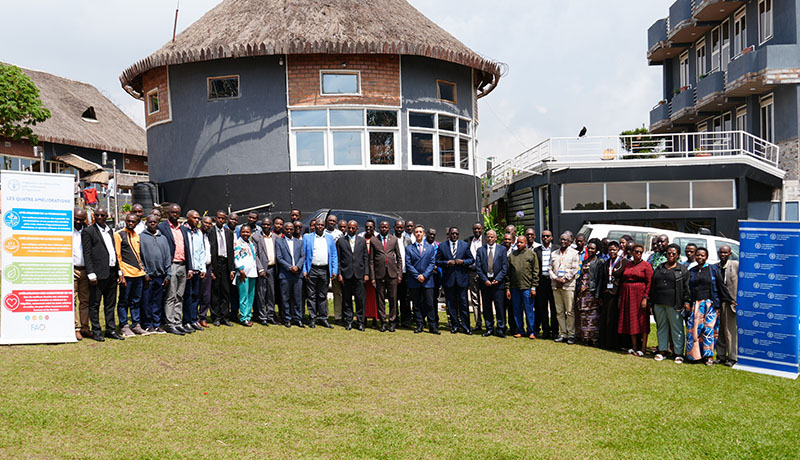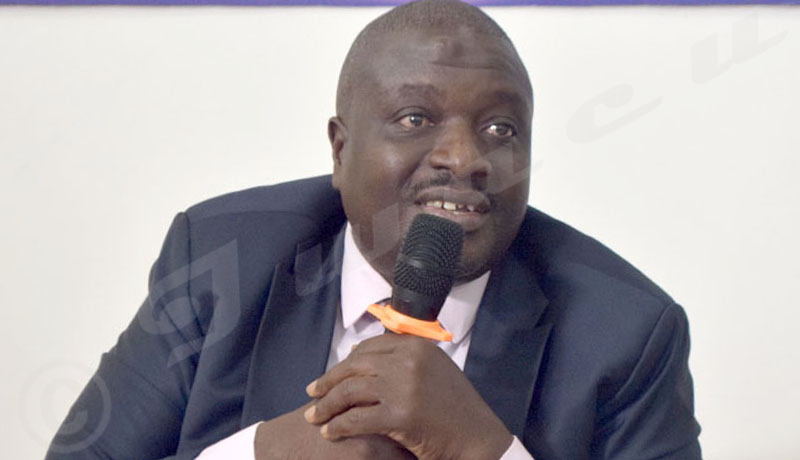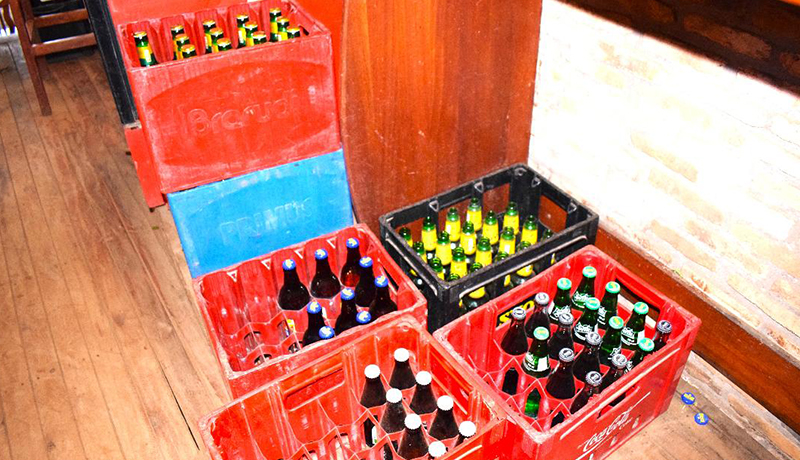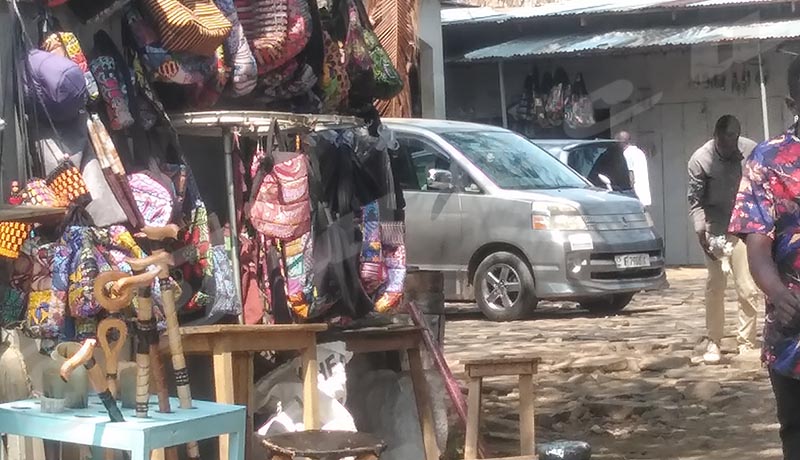In addition to financing the rehabilitation of roads, the European Union supports Burundi in the rehabilitation of the port of Bujumbura of which works will begin this January. Beneficiaries of these infrastructures testify about an improvement in transport and cross-border trade.
In Burundi, as in the East African Community (EAC), the European Union invests in the construction and rehabilitation of infrastructure such as roads, hospitals, health centers, markets, etc.
To promote trade and regional economic integration, the European Union funded for a total amount of 10 million euros the rehabilitation of 16 km of national road 4 (RN4) which connects the city of Bujumbura to the border with the Democratic Republic of the Congo (DRC) as well as the bridge over Rusizi river.
Inaugurated almost two years ago, RN4 is still brand new. Its users, especially cross-border traders, are delighted with the rehabilitation of this road. They deplore, however, many police barriers that make them waste time.
“The rehabilitation of this road is very important for cross-border trade. The journey from the Congolese border to the city of Bujumbura takes a few minutes at the moment. We save time,” says Adija, a Congolese trader met at the Bujumbura city market called Chez Sion, north of Bujumbura City.
For her, the problem remains a lot of police checks on this section: “We often waste a lot of time with these police checks. In business, time is money.”
Same concern with Mulombo, another Congolese trader. For him, the speed requirement of 40 km/h is a waste of time for traders: “They built a very good road. But, with this speed and the police checks, we are always late.”
A vehicle driver transporting passengers between Bujumbura city and Uvira in Democratic Republic of Congo appreciates RN4 rehabilitation. For him, vehicles no longer face potholes. This facilitates the transport of goods and people. “The problem remains on the Congolese side where roads are in poor condition. The Congolese government should also sign agreements with the European Union to rehabilitate our roads.”
“Road construction improves trade and business environment”
“The construction of road infrastructure linking Burundi and neighboring countries allows reduction of costs related to transport of goods and reduction of transport time,” explains Onésime Niyukuri, spokesperson at the Ministry of Trade, Transport, Industry and Tourism.
According to him, the road infrastructure link between Burundi and neighboring countries will connect the country to regional markets. Thus, this will facilitate the integration of Burundi into East African region (EAC), he adds.
“Road links between Burundi and neighboring countries facilitate cross-border trade; and boost exports and imports,” says the Ministry of Trade spokesperson.
With the rehabilitation of RN4, he believes that Burundi’s foreign trade will continue to improve: “Today, the rate of daily exports does not reach 5%. We want to achieve at least 15% of exports in Burundi.”
He mentions that it is difficult to transport goods when roads are in poor condition. According to him, importation can take two or three days, often because of the dilapidated state of roads. “With construction of roads, we will be able to transport a truck of goods from Tanzania, Rwanda or eastern DRC to Burundi in a single day.”
He recalls that Burundi has signed an agreement on the facilitation of trade with the World Trade Organization, of which it is a member: “Among pillars of this agreement is the reduction of time and costs, harmonization and simplification in the transport of goods.”
The spokesperson for the ministry of Trade appreciates the support of financial partners, especially the European Union: “We thank the European Union, because they support us a lot. They have funded a project to rehabilitate the port of Bujumbura, which is important for the country.”
A port meeting the international standards for soon
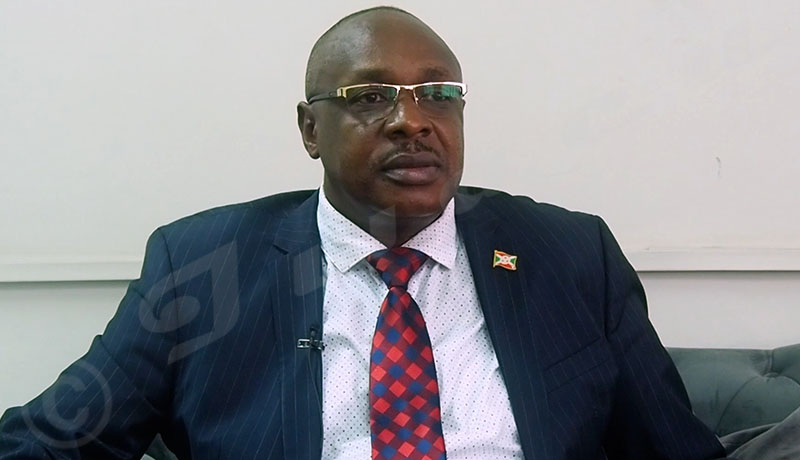
Funded for an amount of approximately 20 million euros by the European Union, the rehabilitation and renovation of the port of Bujumbura will include rehabilitation of the south and north cargo wharf, the north pier, the construction of a new breakwater at the embankment (south), the construction of the marine dock, a passenger quay, dredging and excavation work, demolition work on the existing dyke and office development work.
“The port of Bujumbura was short of many things for it to be an international port. Among other things, there is a lack of parking for large boats carrying a large quantity of goods,” says Jacques Bigirimana, Director General of Maritime, Port and Rail Authority (AMPF).
He says that they have already built a container terminal which can accommodate at least 400 containers as well as docking docks: “We still have to finalize the construction of the shipyard where boats will be built or repaired.”
With the support of the European Union, he adds, we will build the southern part of Port of Bujumbura. He indicates that the works will be part of the Bujumbura port rehabilitation and the development of certain access roads to this port.
The director general of the Maritime and Port Authority is delighted that after these rehabilitation activities of Bujumbura port, there will be a terminal for large boats for the transport of people to the sub-region cities such as Kigoma in Tanzania, Mpulungu in Zambia and Kalemie in DRC.
He assures that the port of Bujumbura will also be equipped with modern AMPF offices and infrastructure to welcome passengers before boarding as it is at the airport. “Many other infrastructures will be built so that the port of Bujumbura meets regional and international standards.”
In addition to the rehabilitation of port infrastructure, a total of 12 km of access roads to the port of Bujumbura will also be rehabilitated.
This is the section of the roundabout of the United Nations on the axis of RN9 which is spread over 7.8 km, the section from Metalusa roundabout to United Nations roundabout over 2.2 km , the section of Kanzigiri street from the port to boulevard Melchior Ndadaye over 0.30 km, the section of Phare street joining the entrance to the port over 0.206 km, the section from Marais street to the roundabout of boulevard Melchior Ndadaye over 1.3 km, as well as the development of two crossroads (entrance to the port, junction port-Brarudi).
An added value for Burundi and the region
According to Jacques Bigirimana, after the rehabilitation of the port of Bujumbura, businessmen will now use the sea route which is cheaper and less risky.
He explains that it is difficult to export certain products by road, because trucks cannot transport a lot of goods: “Boats can easily transport more than 1000 tons. After the rehabilitation of the port of Bujumbura, we will be able to accommodate even larger boats carrying more than 20 thousand tons of goods. Dredging will be constructed to help the berthing of these vessels.”
He hopes there will be a lot of traffic in Lake Tanganyika, following the rehabilitation of the port of Bujumbura. He assumes that Burundi will earn more in taxes and duties: “Goods will come with train from the port of Dar Es Salaam to the port of Kigoma. Afterwards, they will be shipped from the port of Kigoma to the port of Bujumbura via Lake Tanganyika with affordable costs. »
The Maritime and Port Authority Director General stresses that after its rehabilitation, the port of Bujumbura will serve the sub-region countries and help Burundi in the regional integration process: “The port of Bujumbura will therefore serve sub-region countries, such as DRC, Zambia, Tanzania and Burundi. Rwanda will also benefit from Bujumbura port, because goods that go to this country by sea often pass by Bujumbura port with Congolese boats.
According to Jacques Bigirimana, the port of Bujumbura rehabilitation project will take about BIF 92 billion. The European Union will contribute around 45% of the budget. Another part will come from African Development Bank (AfDB) and the government of Burundi.
Over the past 15 years, the European Union has financed the construction and rehabilitation of more than 600 km of roads, including 300 km of paved roads, for an amount of more than 170 million euros. In addition to RN4, European Union funded the construction of national roads RN 12, RN 13, RN 14, RN 19 and other roads in Bujumbura. 300 km of rural roads have also been rehabilitated.
